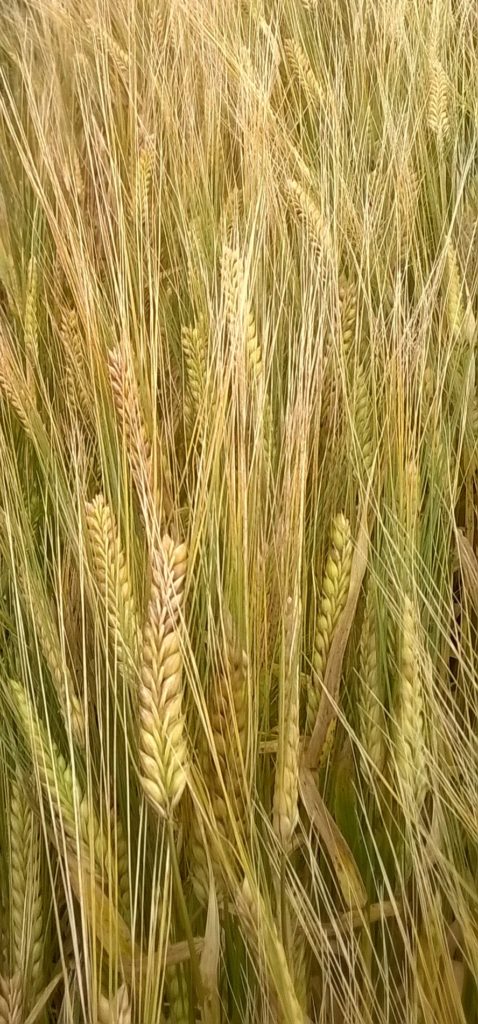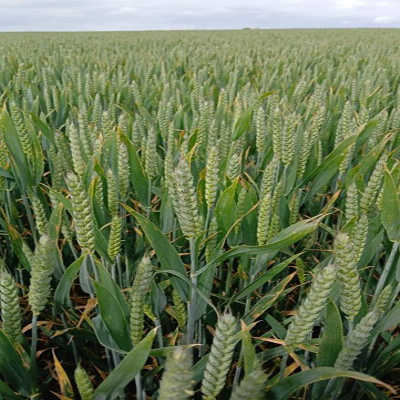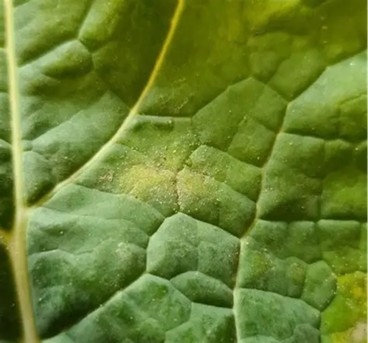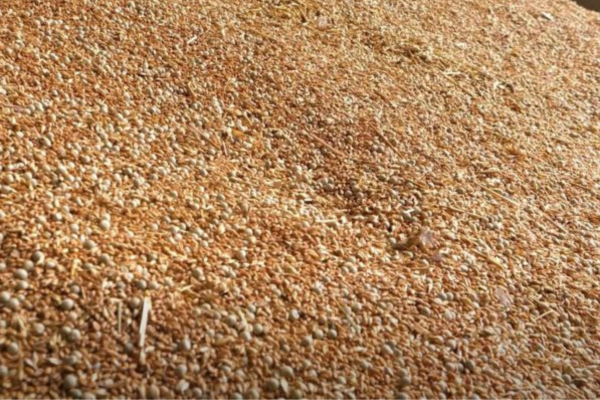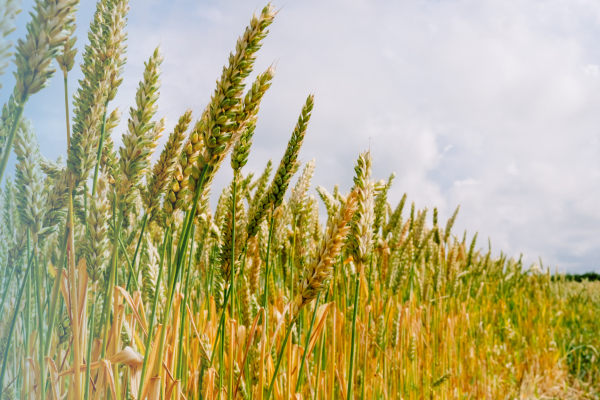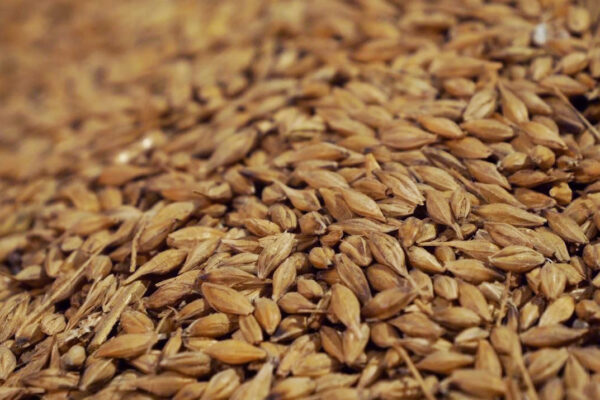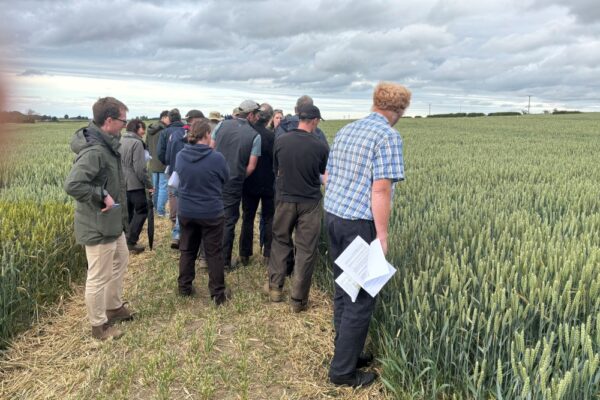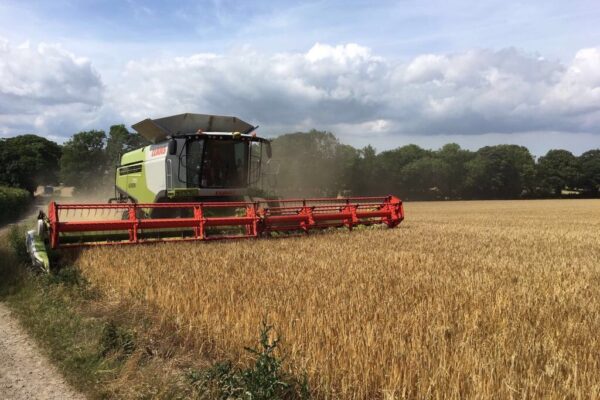Winter Barley Choices 2025/26
14 July 2025There are over 30 winter barley varieties currently on the market in the UK. Steve Hoad (Department of Plant and Soil Sciences, SRUC) selects his top picks amongst those reviewed
Yield performance relates to the AHDB North region – which includes the Scottish and English borders, and the east and north of Scotland. The East region is based on the east of England, whilst the West region includes England, Wales and south-west Scotland.
Top Picks

* BYDV, variety is believed to have tolerance to barley yellow dwarf virus.
** BYDV & WDV, variety believed to have tolerance to wheat dwarf virus and BYDV.
This hybrid six-row has produced high yields but is outclassed by newer varieties and is no longer in trials. It has average specific weight and screenings. It has stiff straw, though high-yielding crops are prone to leaning and lodging. It has good resistance to Rhynchosporium. Maturity is intermediate. It has performed well on lighter textured soils.
A two-row feed variety with competitive North region yield, and goodish untreated yield. However, it is no longer in trials. Specific weight is intermediate. It is early maturing. Has excellent resistance to mildew and brown rust. It has good straw stiffness and intermediate resistance to brackling.
Remains on the Scottish List but is becoming outclassed. A high yielding two-row feed variety with most potential in the East region. It suits all soil types. Specific weight and screenings are both towards good. Untreated yield is intermediate. It has good straw stiffness and average maturity.
A malting variety with MBC Full Approval for brewing. It has a competitive yield and good specific weight. It has good resistance to Rhynchosporium and above average untreated yield. New – Brewing
A candidate six-row malting variety. Although six-row malting is popular in France, under UK test conditions this variety underperforms against two-rowed controls. It is believed to be tolerant to barley yellow dwarf virus (BYDV) and is early maturing.
This malting variety has MBC Full Approval for brewing. From harvest 2024, it had 48% of the UK winter malting intake and 31% of the much smaller Scottish market. Before choosing, check if there is any market interest for 2026. Treated yield is very low compared to feed varieties. Specific weight is good. It has stiff straw, but low untreated yield reflected in average disease resistances.
Is a candidate two-row feed variety. Data cannot be published as variety has not completed its National List testing.
Has been removed from the MBC list for brewing use. It had 15% of the Scottish winter malting intake from harvest 2024, though less than 5% of the UK total intake. It has a high specific weight. It is relatively early maturing. It has average disease resistances, with a low untreated yield. It is not on the Scottish RL.
Candidate six-row hybrid with competitive yield, especially in the west and north regions. If has a good specific weight and is early maturing, but limited data suggests it has above average brackling risk.
A new conventional six-row feed variety with excellent specific weight and early maturity. It is a specific recommendation with tolerance to BYDV. Its North region yield is below its UK average. Specific – BYDV tolerance
Is a new six row-row hybrid candidate from KWS. It has a good specific weight and early maturity, though its North region yield is below its UK average. New – Two-row Hybrid
A new two-row feed variety with high yield and outstanding specific weight though its grain maturity is several days later than average. New – Two-row Feed
A candidate conventional six-row. It is believed to be tolerant to barley yellow dwarf virus (BYDV), though it underperforms for yield in the North region, and has a poor specific weight.
A conventional six-row feed variety with a specific recommendation for its tolerance to Barley yellow dwarf virus (BYDV). It is no longer on the Scottish List. This variety has good specific weight and very low screenings. It has tended to underperform in the North. It is a relatively stiff-strawed variety. Untreated yield is below average for a six-row variety, including high susceptibility to mildew.
A new high yielding two-row feed variety with its best performances in the North region. It has excellent specific weight, and average maturity. New – Two-row Feed
A high yielding two-row feed variety with a high specific weight. It has performed particularly well on heavier textured soils. It has stiff straw and intermediate untreated yield. Top Pick – Two-row Feed
A new high yielding two-row feed variety with excellent specific weight and early maturity. It has relatively good untreated yield, but straw strength is only intermediate. New – Two-row Feed
A two-row feed variety with very high yield and good specific weight. It has stiffish straw and average maturity. Limited data suggests that it has strong performance on heavier textured soils. Top Pick – Two-row feed
Leading two-row feed variety with very high yield and excellent specific weight. Agronomics are very strong, with above average disease resistance, especially to Rhynchosporium. It is a shorter variety with good straw stiffness, and good resistance to brackling. Top Pick – Two-row feed
A new two-row feed recommendation for the East and West regions. It has tolerance to BYDV, but has seriously underperformed in the North region. It has excellent specific weight. It is early maturing and has good untreated yield.
A candidate two-row variety which is believed to be tolerant to BYDV. It has high yield potential but underperforms in the north region.
A new two-row feed variety with very high yield and excellent specific weight. Straw strength is intermediate and it has average maturity. New Recommendation
Is a new two-row feed variety with tolerance to BYDV. It has good specific weight, though its treated yield is well below other varieties. It appears to be best suited to the East region. Specific – BYDV tolerance
Is a new two-row feed recommendation for the North region. It has good specific weight. Straw strength is relatively weak and it is later maturing.
A new two-row feed recommendation for the East region. It has a good specific weight, though underperforms in the North region. It has average maturity. It was not added to the Scottish List.
A new conventional six-row variety with tolerance to BYDV. Although it has performed well in the North region it was not added to the Scottish List as it has a low specific weight and late maturity.
A new two-row recommendation for the North and East regions. Its yield is competitive and specific weight just below average. It was not added to the Scottish List.
A candidate six-row hybrid with very good specific weight. It is early maturing and has average straw strength.
A six-row hybrid with very high yield and outstanding specific weight. It is early maturing variety and has performed well across UK regions. It is best suited to lighter textured soils. It has high resistance to mildew. As a tall high-yielding, variety its straw strength requires careful management. Top Pick – Hybrid six-row
A new six-row hybrid with resistance to BYDV and tolerance to Wheat Dwarf Virus. Its specific weight is just below average. It has early maturity. Specific – BYDV and WDV
Very high yielding six-row hybrid feed variety with excellent specific weight and low screenings. This variety has given very high yields throughout the UK and has a high yield potential on lighter textured soils. It has moderate straw strength but responds well to PGRs. It has high resistance to mildew. Top Pick – Hybrid six-row
Very high yielding six-row hybrid feed variety with a high specific weight. It is no longer on the Scottish List. This early maturing variety has produced high treated yields across all regions. It has also performed well on lighter soils. It is a tall variety with relatively weak straw and requires careful management.
A six-row hybrid with good treated and untreated yields and high specific weight. It has very good resistance to Rhynchosporium. Straw strength is similar to other hybrids. It is no longer on the Scottish List.
A candidate six-row hybrid with lowish specific weight. Limited data suggests that it performs less well in the North region.
A new six-row hybrid with very high treated and untreated yield and excellent specific weight. It has relatively good resistance to Rhynchosporium. New – Six-row hybrid
A two-row feed variety with intermediate yield, very high specific weight and early maturity. It also has very low screenings. This variety combines good grain quality characteristics with very stiff straw.
Sign up to the FAS newsletter
Receive updates on news, events and publications from Scotland’s Farm Advisory Service

